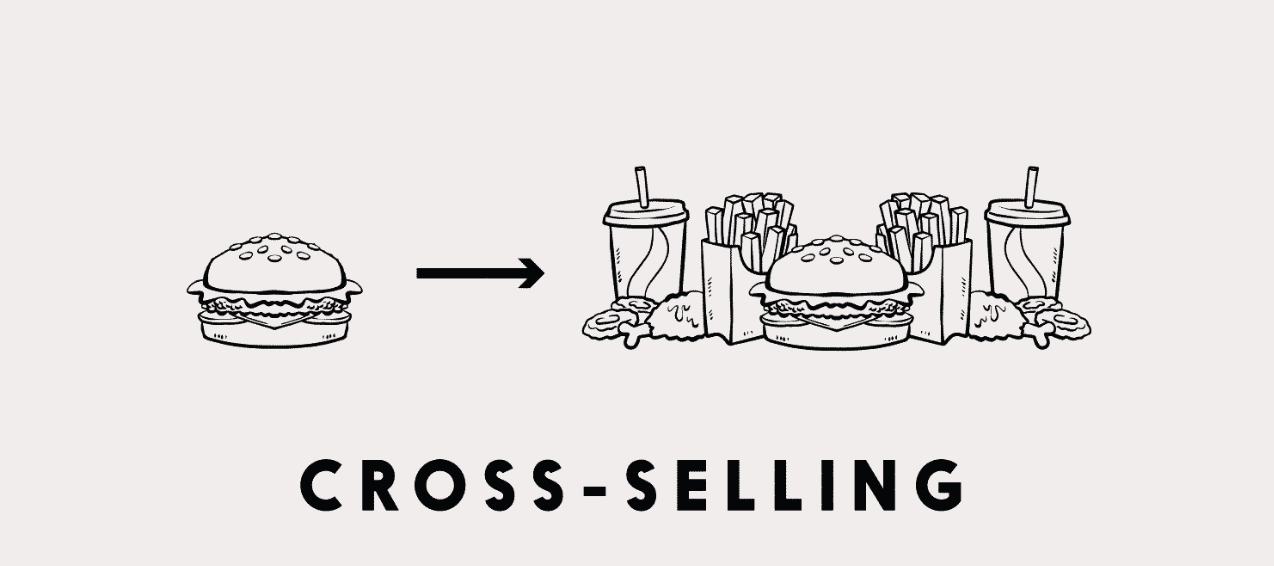Up selling
Learn what up selling is and how it works.
Learn what up selling is and how it works.
![What is Up Selling - [Marketing Dictionary]](/assets/img/dictionary-background.webp)
What is Up Selling
Up-selling is a sales tactic that involves persuading customers to purchase a more expensive version of a product, an additional product, or a bundle of products to increase revenue and profits. It is a common practice in e-commerce and brick-and-mortar stores. This article explains what up-selling means, why it is important, and how it works. Up-selling is a technique used by businesses to encourage customers to make repeat purchases and buy more by offering products that are either complementary to the product being purchased or a more expensive, premium version, of the same product. The objective is to persuade customers to spend more money while providing them with a solution that exceeds their expectations.

Up-selling can be done in several ways. For example, businesses can offer a higher quality version of a product than what is selected by the existing customer or recommend an additional product that compliments the one being purchased. The goal is to encourage customers to see the value in the upgraded product or the additional items and purchase them. As well as increase customer lifetime value, customer satisfaction, and customer trust.
Up-selling is an effective sales technique that can benefit businesses in several ways. Firstly, it increases revenue and profits by increasing revenue and encouraging customers to buy more. Secondly, it can increase customer loyalty and satisfaction by helping them accomplish their objectives or solve problems more effectively. It can also create a more personalized customer experience and help businesses stand out from the competition.
To implement cross selling and upselling more effectively, businesses must first understand their customer data and customers’ needs and identify relevant, complementary products. Avoid over-suggesting irrelevant products as it may result in customer dissatisfaction, and they may abandon their purchase. It is also essential to present up-selling options at the right time in the customer’s journey and in the right tone. Consider using phrases such as “I just want to mention that…” or “have you considered before?” to avoid sounding pushy.
Here are three examples of up-selling:
In conclusion , up-selling (cross selling) is a sales tactic that encourages existing customers to buy additional products or more expensive versions of the same product. Up-selling is a valuable sales strategy used for businesses as it can increase revenue and profits, improve customer loyalty and satisfaction and create a more personalized customer journey and experience. To effectively implement up-selling, businesses need to understand their customers’ needs and offer relevant complementary products while avoiding being pushy. Up-selling can be beneficial for both the customer and the business if done correctly.
❤️ Spread the word! ❤️
Found this guide valuable? Share it with your colleagues to help them boost their local marketing results too!
Powered by Localo 2025